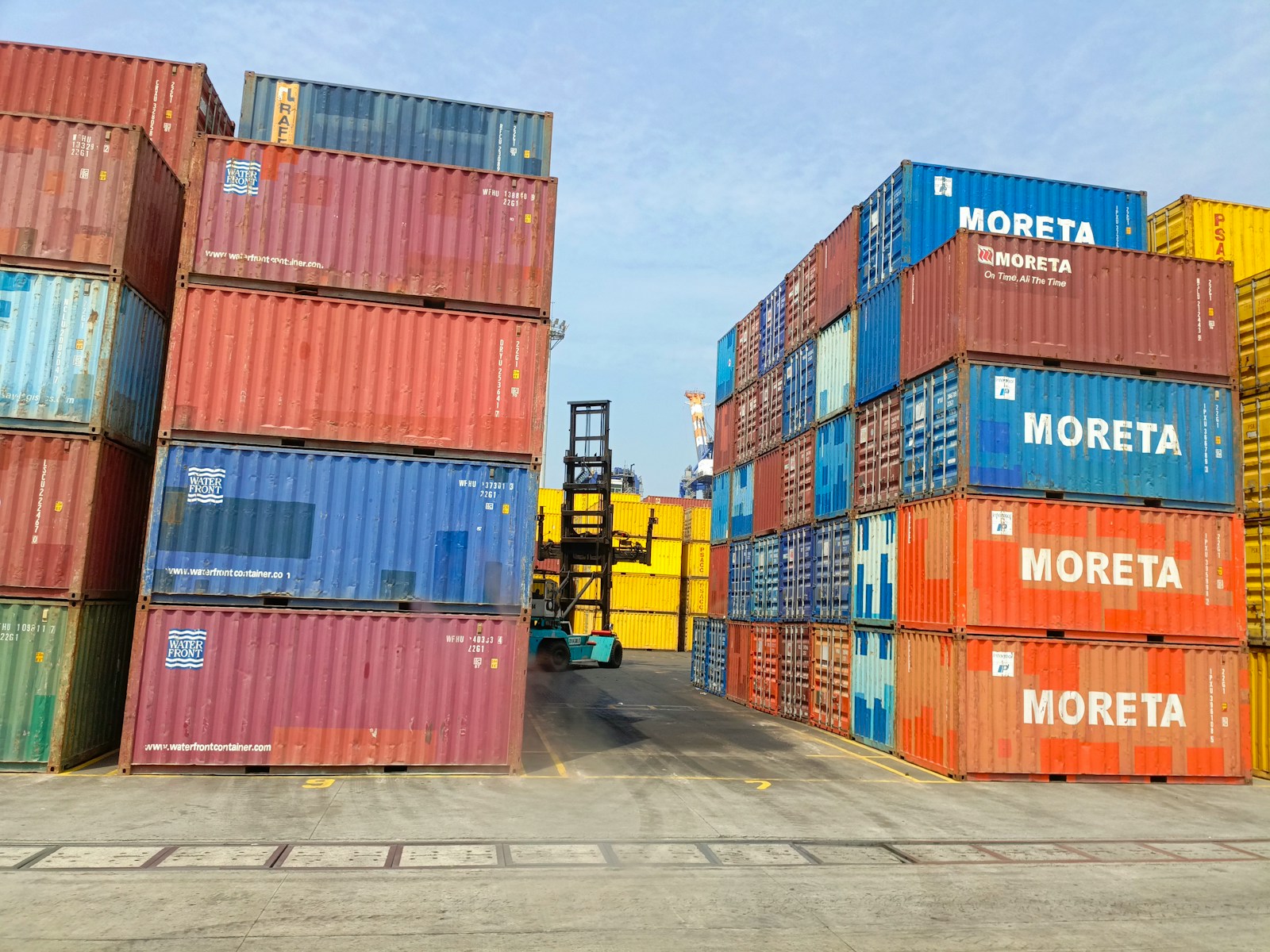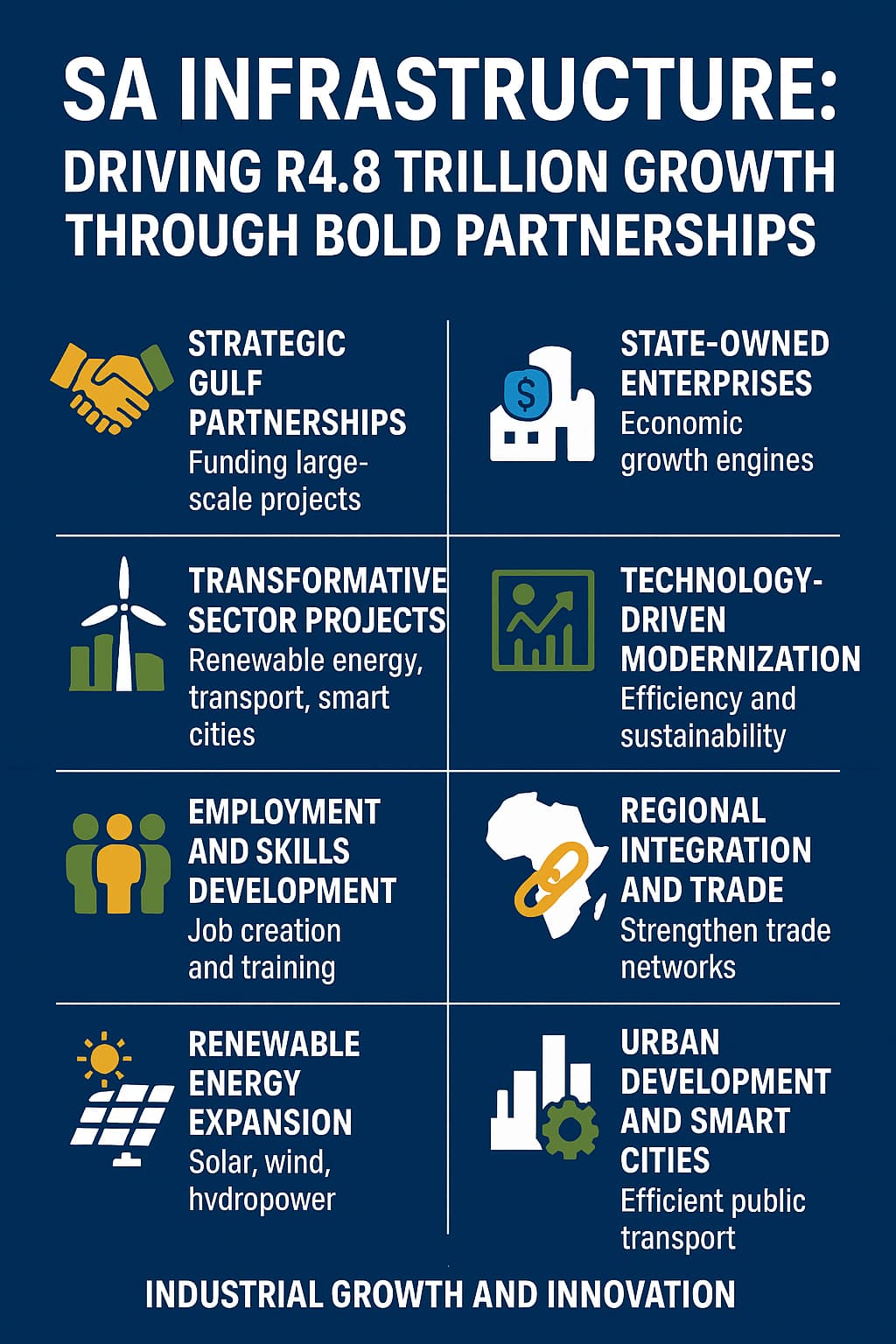Trump Tariffs: 4 Shocking Price Hikes Affecting Goods
The recent announcement of new Trump Tariffs has sent shockwaves through global markets. Starting October 1, 2025, imported branded medicine, heavy trucks, and furniture will face substantial tariff increases. These decisions are framed by the U.S. administration as measures to protect domestic industry and national security. However, economists and international observers warn of potential inflationary pressures and disruptions across supply chains worldwide.
1. Medicine Price Surge
The most controversial element of the Trump Tariffs is the 100% duty on branded medicines. This drastic increase could significantly affect consumers and healthcare providers, raising concerns over access to essential drugs. Pharmaceutical companies are evaluating their strategies, with some considering local production alternatives to mitigate costs. The healthcare sector now faces a critical crossroads as the tariffs are expected to ripple through insurance, pricing, and treatment availability.
2. Heavy Trucks and Industrial Impact
Tariffs on heavy trucks are set at 25%, creating a potential squeeze on logistics and manufacturing industries. Companies dependent on imported vehicles for transportation and construction could see operational costs rise, prompting adjustments in contracts and supply arrangements. Industry leaders are calling for negotiations to soften the impact, highlighting how interconnected global trade is vulnerable to policy shifts like these.
3. Furniture and Home Goods
Additional tariffs include 50% on kitchen cabinets and bathroom fixtures, and 30% on upholstered furniture. Homeowners, retailers, and interior designers are bracing for higher prices, while manufacturers may relocate production or seek alternative suppliers. The move underscores the administration’s broader agenda of reducing reliance on imports, but it also raises immediate economic concerns for U.S. consumers and international trading partners.
4. Global Supply Chain Disruptions
The Trump Tariffs are expected to create ripple effects across global supply chains. From shipping delays to increased freight costs, companies worldwide must adjust their operations. Analysts warn that industries dependent on U.S. imports could experience significant disruptions, prompting urgent strategy shifts. For more insights on global trade impact, visit Reuters Business.
5. Inflationary Pressures on Consumers
Consumers are likely to feel the immediate impact of higher prices due to these tariffs. Increased costs for medicine, trucks, and furniture may drive inflation, reducing purchasing power. Economists are monitoring how households adapt to these changes, with potential implications for spending patterns and overall economic growth in the coming months.
6. Political Motivation Behind Tariffs
Trump Tariffs are framed as protective measures for American industry and national security. However, critics argue that the strategy is politically motivated, aiming to boost domestic production before upcoming elections. The debate continues over whether these tariffs will achieve long-term economic benefits or merely serve short-term political objectives. For additional context, check our internal analysis on U.S. Tariff Policy Analysis.
7. Industry Reactions and Adaptation
Industries affected by the Trump Tariffs are quickly adapting to minimize losses. Some pharmaceutical firms are exploring local production, while truck manufacturers seek alternative import channels. Furniture producers are negotiating with suppliers to maintain competitive pricing. The dynamic responses demonstrate how businesses strive to remain resilient amid sudden policy changes.
8. International Trade Relations
The tariffs have drawn criticism from international trading partners concerned about protectionism. Negotiations and diplomatic discussions are ongoing to address the global repercussions of these policy decisions. Maintaining stable trade relations while implementing the Trump Tariffs remains a challenging balancing act for policymakers.
9. Economic Forecasts and Market Trends
Financial analysts predict that Trump Tariffs will influence market trends, including stock performance, commodity prices, and import-dependent sectors. Investors are adjusting portfolios in response to potential volatility, reflecting broader uncertainty in global commerce. Monitoring these economic signals is crucial for businesses and consumers alike. For additional market insights, visit Investopedia Markets.
10. Long-Term Implications
While the immediate impact of Trump Tariffs affects prices and supply chains, long-term consequences may include shifts in domestic production, changes in trade alliances, and reevaluation of international agreements. Policymakers and businesses are considering strategic measures to mitigate risks and capitalize on new opportunities created by these tariffs.
Conclusion
Trump Tariffs 2025 are reshaping the landscape of U.S. imports, impacting medicine, trucks, and furniture markets. Consumers, industries, and international partners are navigating the complex implications, from price hikes to supply chain adjustments. The full effect of these tariffs will unfold in the coming months, highlighting the intricate relationship between trade policy and economic stability.




